Vienna Launches Historic Octave Celebrations for St. Stanislaus Kostka
Vienna is honoring its long-standing devotion to St. Stanislaus Kostka, thanks to the dedicated efforts of the local Polish community
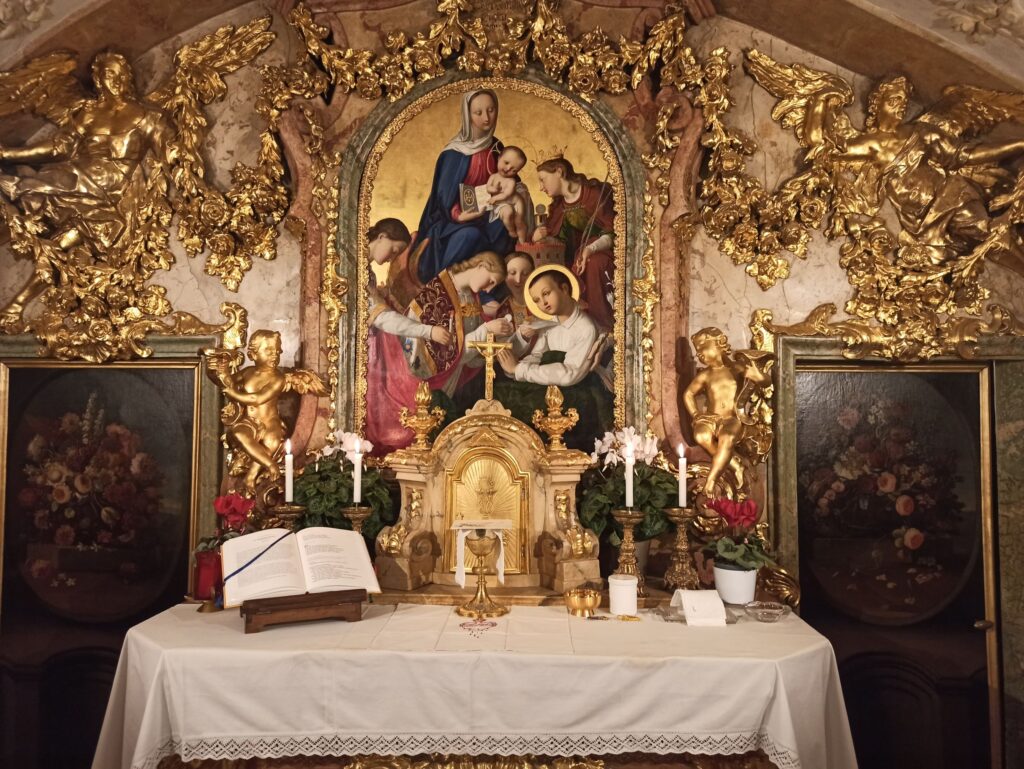
Each year on November 13, the Archdiocese of Vienna celebrates St. Stanislaus Kostka—a young Polish saint who dedicated his life to God in the 16th century. The celebration begins with an eight-day octave of services and prayers in the historic St. Stanislaus Kostka Chapel, one of the city’s last remaining private chapels still used for religious events. Throughout the octave, the chapel opens its doors to faithful and curious visitors eager to experience this unique tradition.
In keeping with its Polish roots, the octave celebrations feature Masses in Polish alongside services in German, conducted primarily by Vienna’s Jesuit priests. This year’s events are being broadcast live by Radio Droga (radiodroga.net), a Polish Catholic station in Vienna. Radio Droga has introduced additional prayers, including the Angelus and the Rosary, allowing visitors to participate in their own language.
A 200-Year-Old Tradition
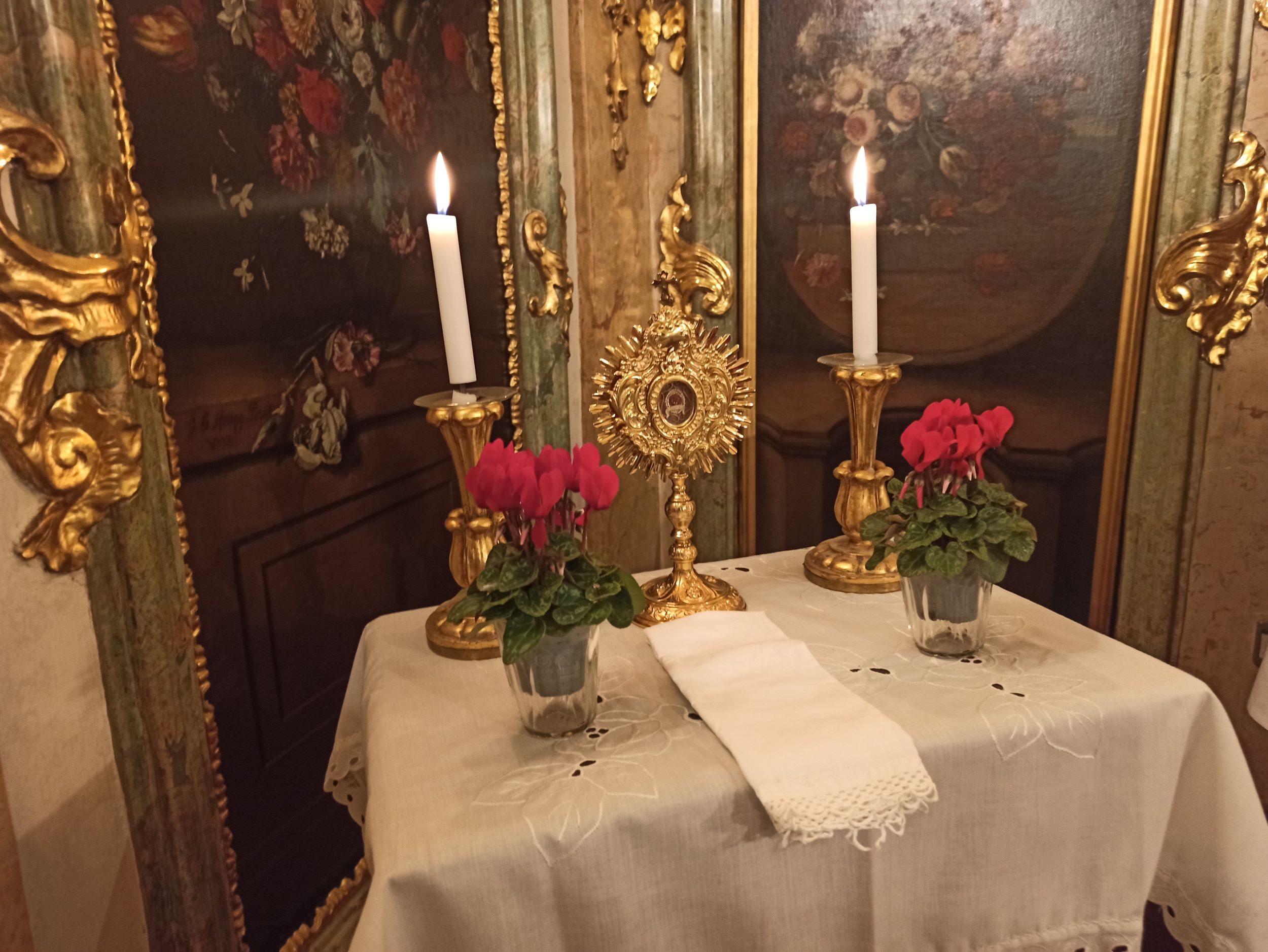
The octave of St. Stanislaus Kostka has a rich history stretching back over two centuries, with historical records and countless publications documenting the unique celebrations. In years past, multiple daily Masses attracted high-ranking clergy, members of the Habsburg family, and many other pilgrims.
The significance of Vienna’s St. Stanislaus Chapel was underscored in 1877 when Pope Pius IX issued a decree, Ad perpetuam rei memoriam, granting a plenary indulgence to those who visit the chapel on November 13, the feast day of St. Stanislaus, or during the octave.
A Historic Setting
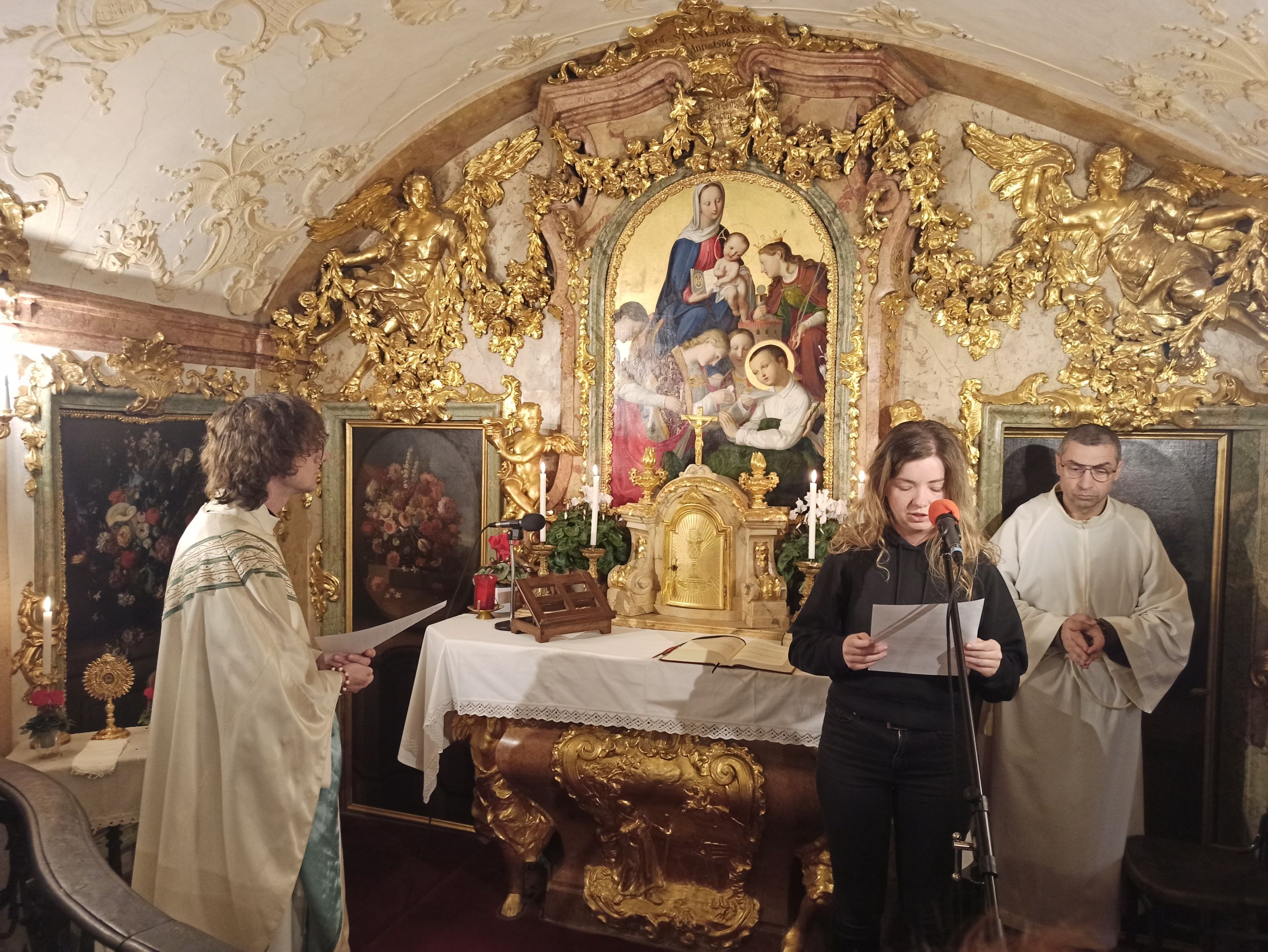
The chapel is nestled on the first floor of a townhouse on the corner of Kurrentgasse and Steindlgasse, in the very room where St. Stanislaus Kostka once lived. It was here, amid intense mystical experiences, that he felt called to devote himself entirely to God. Just 15 years after his death, the room was converted into a chapel.
In the mid-18th century, Barbara Koller von Mohrenfels, a widow known for her generosity to the Church, renovated the chapel, adding marble accents and elaborate Rococo decorations. Today, it retains this 18th-century charm, offering a unique and historic setting for the octave celebrations that continue attracting pilgrims from Austria, Poland, Croatia, and beyond.
A New Guide for Visitors
To mark the beginning of this year’s octave, a bilingual mini-guide in Polish and German has been released. It offers a fresh look at St. Stanislaus’s life story and intriguing facts about the chapel and its home on Kurrentgasse 2. This pocket-sized guide is designed to enrich visitors’ experience as they explore the chapel and take part in this cherished Viennese tradition.
Related
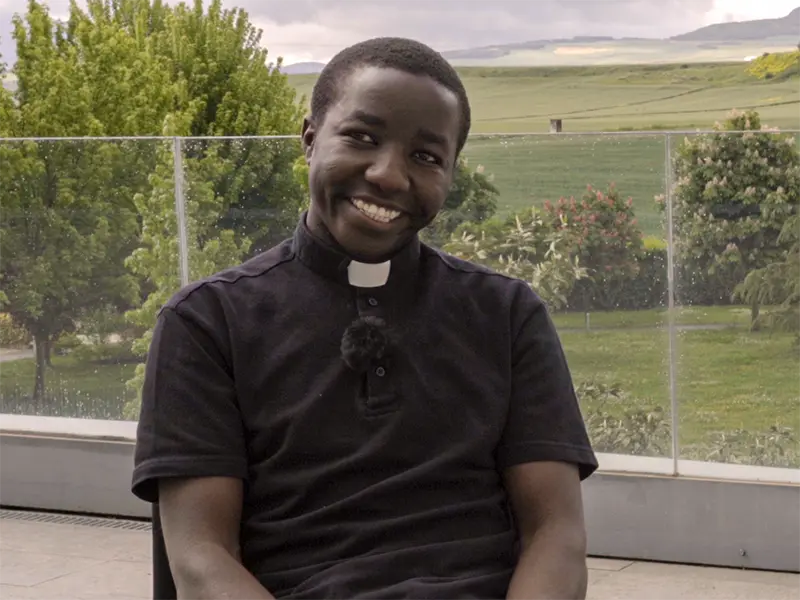
“Being Catholic in Tanzania is a source of pride”
Fundación CARF
16 April, 2025
6 min
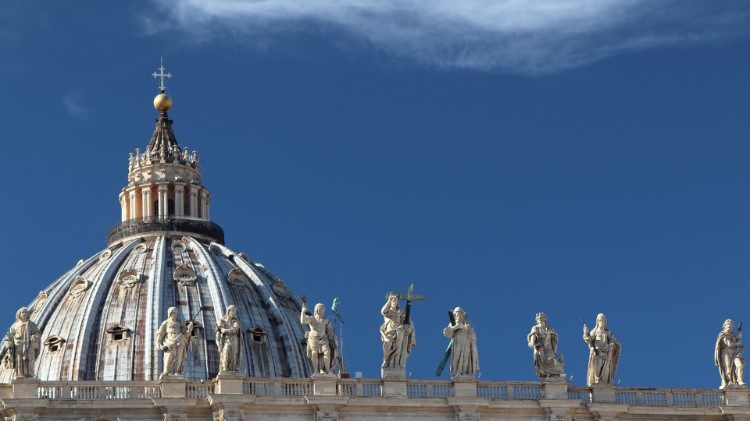
The Vatican Suppresses the Sodalitium of Christian Life After a Long Discernment Process
Exaudi Staff
15 April, 2025
1 min
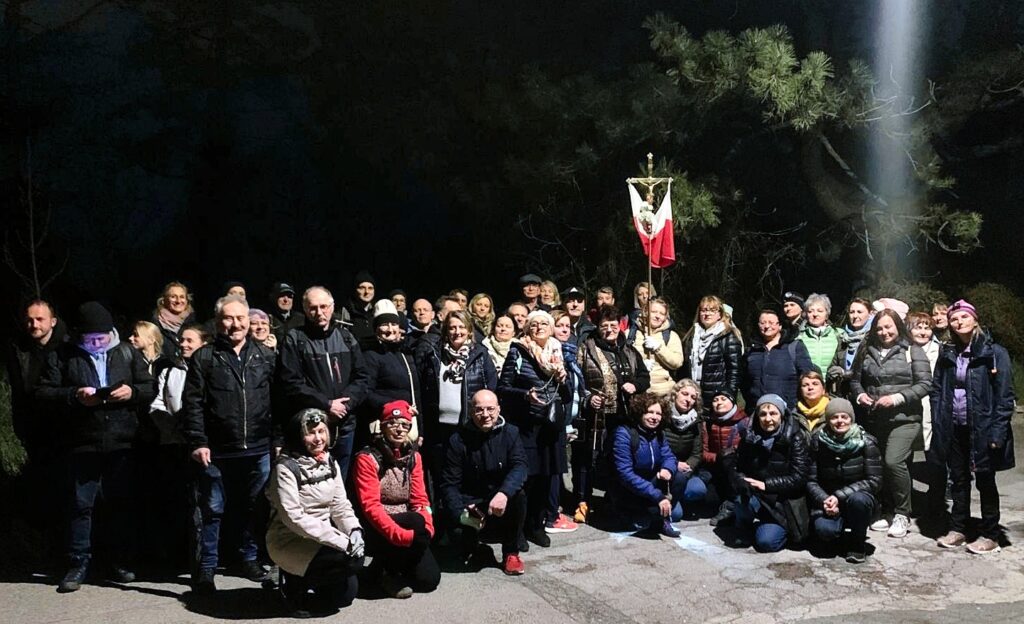
From Kahlenberg to the Papal Cross – Polish Night Way of the Cross in Vienna
Heschel Centre for Catholic-Jewish Relations at the Catholic University of Lublin
15 April, 2025
2 min
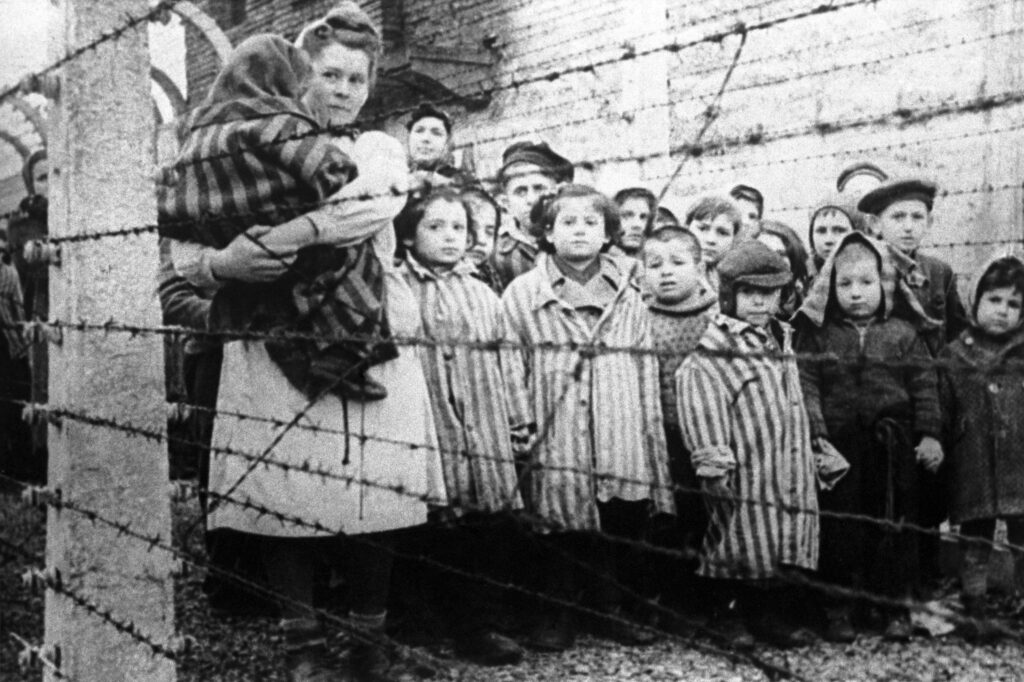
“I Will Never Be Herod for the Innocents”
Wlodzimierz Redzioch
14 April, 2025
6 min
 (EN)
(EN)
 (ES)
(ES)
 (IT)
(IT)

